“It’s shocking, as it doesn’t seem that much time has passed!” Halloween: The Curse of Michael Myers writer Daniel Farrands told us when he recently sat down with HalloweenMovies to discuss the film, his attachment to it, and its legacy on its 25th anniversary.
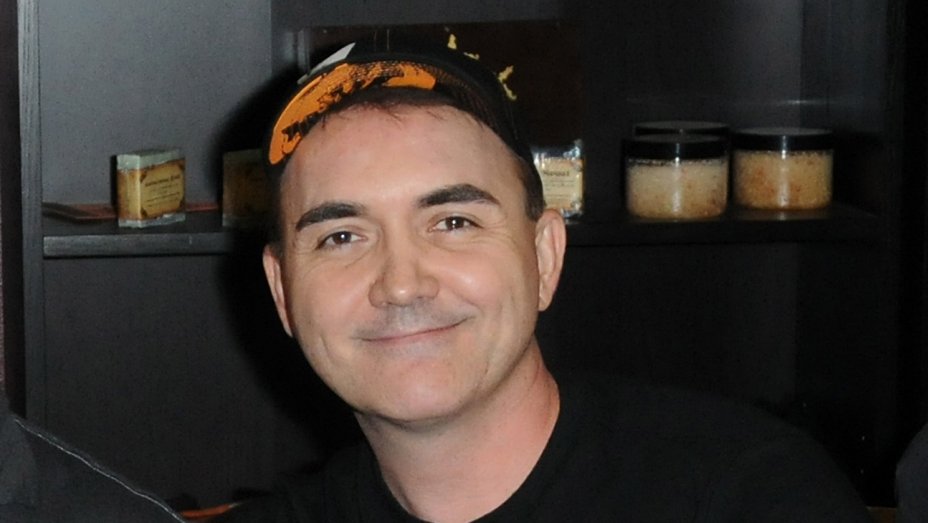
Released on September 29, 1995, the Trancas International Films, Miramax and Nightfall Productions-produced Halloween: The Curse of Michael Myers continues to engender conversation to this day. A direct follow-up to 1989’s rather rushed-into-production Halloween 5: The Revenge of Michael Myers (an entry which presented more questions than it answered), the sixth film in the Halloween franchise, released by the newly-launched Dimension Films, inarguably polarizes fans to this day.
Perhaps unsurprisingly, the production of Halloween: The Curse of Michael Myers proved a bit of a challenge for all involved, from conception and development through its production and post, which included shifting budgets and narrative disagreements, to clandestine reshoots and studio meddling.
But how did Farrands, a horror fan with an undying love of the Halloween film series, who heralded in part from Santa Rosa, California (a then bucolic town notable to slasher fans for its school system’s famous rebuff of Wes Craven’s Scream production), get involved?
As we found, it’s a bit of a “small town kid makes good” story, and one which should prove both inspirational and educational to horror filmmakers eager to follow their dreams, and fascinating to Halloween fans alike.
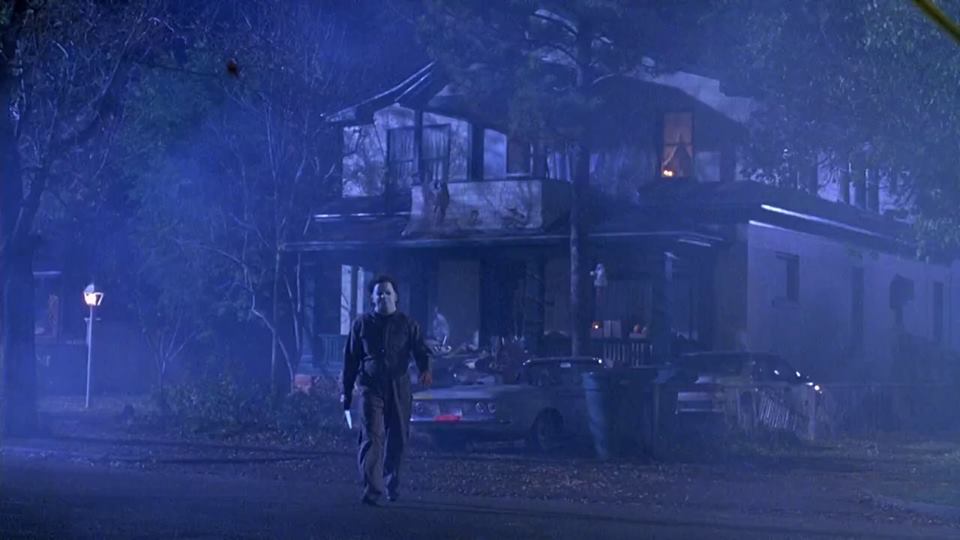
EARLY BEGINNINGS
“I was raised in a strict, Catholic household,” Farrands told us of his early childhood in the ‘80s in the northern California enclave of Santa Rosa, California, “and because of that, horror movies were simply taboo, even pre-VHS. But of course, I found a way to see them. The first R-rated horror film I saw was in 1981, and it was Friday the 13th Part 2, which a neighbor of ours named Kathy Dunn, who was in 12th grade and who was babysitting me, took me, after much cajoling and maybe blackmailing, to a Saturday matinee to see. I was in sixth grade at the time, and to say the least I was terrified!”
“And it all stemmed from the fact that her older brother had these magazines that I’d never seen before: Fangoria,” he continued. “Kathy would sneak them out of his room for me to look at, and it was like experiencing a Playboy for the first time, because I knew they were something I wasn’t supposed to see. And I can still recall vividly the first picture I saw within those pages. It was a still from Friday the 13th Part 2, a shot of Mrs. Voorhees’ severed head in the refrigerator, and I looked at it in horror, and then immediately said to Kathy, “You have to take me to see this movie! I’ll never tell my mom!”
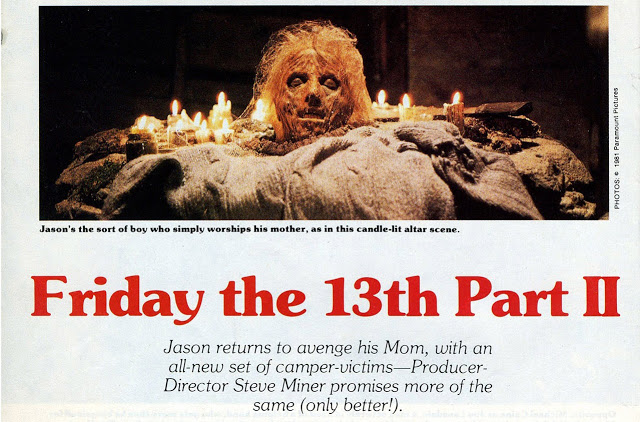
“And so,” Farrands chuckled, “because she was kind of a bad babysitter, she took me to see the film, and that horrified me even more than the magazine. I truly felt that I had seen the face of hell, and that I was never going to be the same.”
“And then,” he paused, “came Michael.”
As Farrands recalls, his first introduction to the iconic character of Michael Myers occurred later that same year, when John Carpenter’s immortal classic Halloween aired, albeit edited, on television as an NBC “Movie of the Week.”
Armed with the then-new technology of VHS, Farrands set out to both watch and to record it.
“We were some of the first families on the block to get a VCR,” remembers Farrands of the device, which at the time was duking it out with its rival, the Betamax. “So, I considered myself lucky. And I sat in the corner of our couch with a remote control, so that I could record it without the television commercials, which I thought was important, and with the pillows piled high around me so that I could peer through them, because I was at once both utterly horrified and exhilarated by the film. And at the end of the airing, I had a VHS copy of Halloween! And that was truly the beginning of my absolute obsession with horror, and with the Halloween series.”
“And that obsession grew the very next week,” Farrands effused, “when Halloween II opened in theaters! It was playing at the Coddingtown Mall in Santa Rosa, and there was no way that I wasn’t going to see it. I told my mom I’d go on a hunger strike if she didn’t take me. So, she did one of those things moms did in the ‘80s: she dropped me off at the movies. I recall that it was a rainy, Saturday afternoon, and that I literally had tears of joy while watching Halloween II, and also that at that moment I had the epiphany that it was what I needed to do with my life: make horror movies.”
Having already written and directed plays and skits during his elementary school days (roping his friends into the process), as well as shooting short films on Super 8 (also starring his school-yard chums), the die was cast early for Farrands, whose interest in filmmaking continued to flourish as he grew, both during his time at Rincon Valley Junior High and then later at Santa Rosa High School.
“I look back on those years fondly,” said Farrands, “and my corralling of groups of kids, some of whom probably didn’t like me, just to make blood-drenched films in the school’s hallways. Which later I found ironic, because when Wes Craven attempted to shoot the original Scream there many years later — Santa Rosa High first accepted the production, but the Santa Rosa City School District Governing Board then denied it. They literally banned the production because of the script’s violent content!”
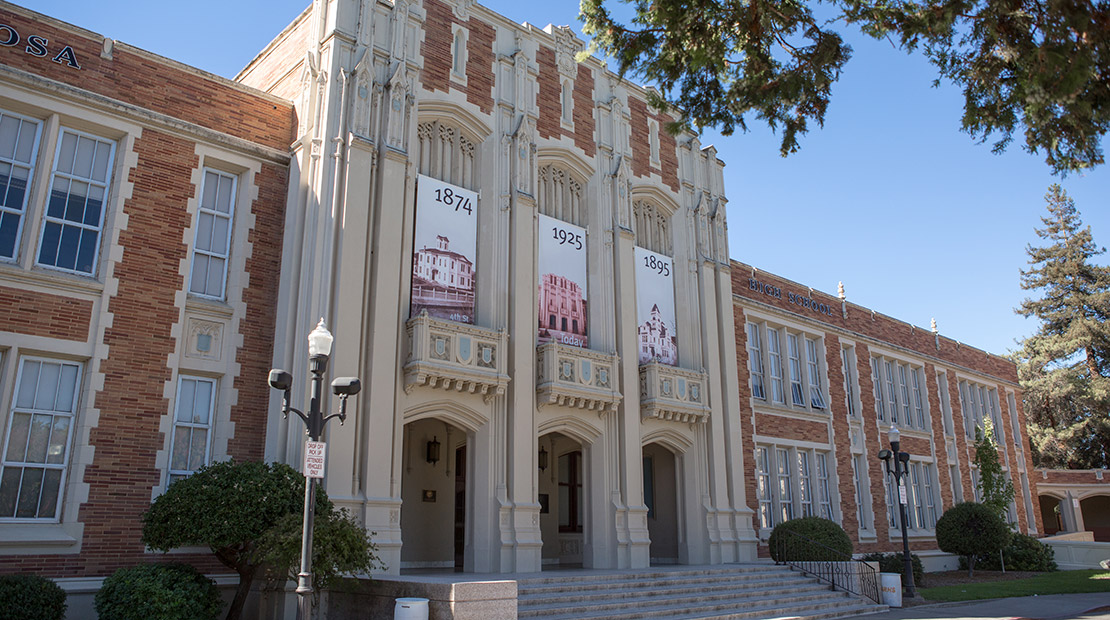
“And as that happened right on the heels of Halloween: The Curse of Michael Myers, and as Dimension Films was behind both films, a Dimension executive – having gotten wind that I’d gone to Santa Rosa High – asked me to call the school, and to try to talk some sense into them. But what was I going to say? The school board just didn’t care.”
“Many years later, when I was shooting the 2011 documentary Scream: The Inside Story, I returned to Santa Rosa High School in order to interview the board members, and I said to them, ‘You know how interesting it is to me that you banned Wes Craven, a very respected filmmaker, from making a horror film here, when as a student I literally dragged headless, blood-gushing human props up and down these hallways while making my own short films?’”
“But I’m getting ahead of myself,” he continued. “Before any of that, as a kid, I just wanted to make films. And you know, my life as a teenager revolved around it.”
Catching endless horror films in both wide distribution at local cineplexes and otherwise (the latter at Santa Rosa’s Park Cinema, known for screening indie horror flicks one couldn’t see anywhere else) and purchasing the latest issues of Fangoria in downtown Santa Rosa’s sketchy “Anarchy Alley” (a backstreet frequented by mohawked punks and ‘80s counter culture misfits, who Farrands mused about casting in a film he conceived but never shot humorously called Escape From Santa Rosa), Farrands’ path to Hollywood was forming.
“So yeah, to say that John Carpenter’s Halloween, and his other films of the time, influenced me, is an understatement,” mused Farrands, who like many a young cinephile worked over a summer in a local theater, which allowed him to more efficiently consume ‘80s fright fare. “I can’t express enough how absolutely life-changing Carpenter’s movies were to me personally. They helped me through difficult times and were also personally inspirational. You know, as a teen, you are thinking about becoming an adult and about, ‘What will my life be?’ And for me, I think the reason that people succeed at things is because they believe they really didn’t have any other choice. And I think that’s kind of what it was for me. I didn’t really give myself something else to fall back on. There was no other option (than film).”
Farrands’ first stab at Hollywood (years prior to moving to Tinsel Town, where he’d eventually become part of the Halloween franchise) came at the young age of fourteen, when he boldly decided to personally reach out to the producers of that other slasher franchise, Friday the 13th, in order to tell them exactly what he wanted to see in the fourth installment.
“I decided that I needed to write the next Friday the 13th movie,” Farrands recalled with a laugh, after having seen 1982’s Part III in 3D, “and I needed to let the producers of that franchise know that I was there for them. So, somehow I found the address of the production office of Frank Mancuso, Jr., who was the producer of those films, and I typed him a letter over Christmas vacation, explaining in great detail what Friday the 13th Part 4 should be, and I mailed it off. Well, a few weeks later, I opened my mailbox, and there was an envelope in it with a return address that read: Friday 4 Incorporated! And I opened it, and inside there was a type-written one-page letter with a signature at the bottom that read ‘Frank Mancuso Jr.’ And the letter said, ‘Even people twenty years your senior do not write like this, and I had to pass your letter around my office to see if this could be real. This is the first time I’ve responded to anyone about Friday the 13th, and I think you have talent. I think you are smart. I think you have passion. And I think that that is the foundation of this industry, so let me be the first to welcome you.’”
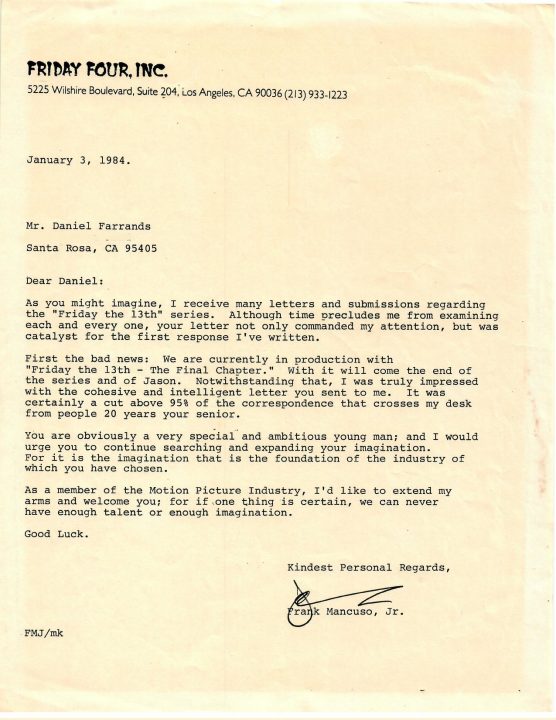
“To this day, I have that letter framed in my office,” said Farrands, “and it will always be there, as long as I’m alive, because that for me was the moment when things became tangible. The moment filmmaking became doable. And that I could make it happen.”
Four years later, many horror film screenings later and upon graduation from Santa Rosa High School, horror fan Farrands packed up his 1978 Datsun 200SX and set off for Hollywood, and onto his journey to Halloween: The Curse of Michael Myers.

You can find part two here, in which we discuss his path to Michael Myers, his initial meetings with Halloween series producer Moustapha Akkad, and his script originally titled Halloween 666.
_
Writer’s note: this interview has been lightly edited and condensed for clarity.